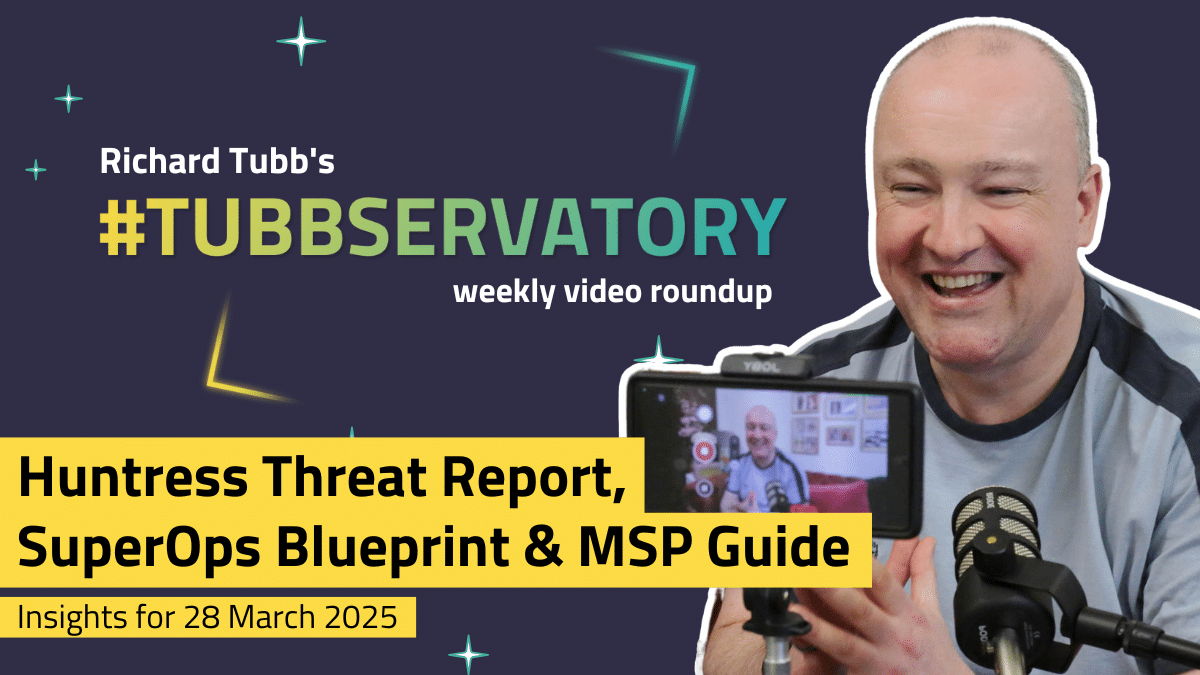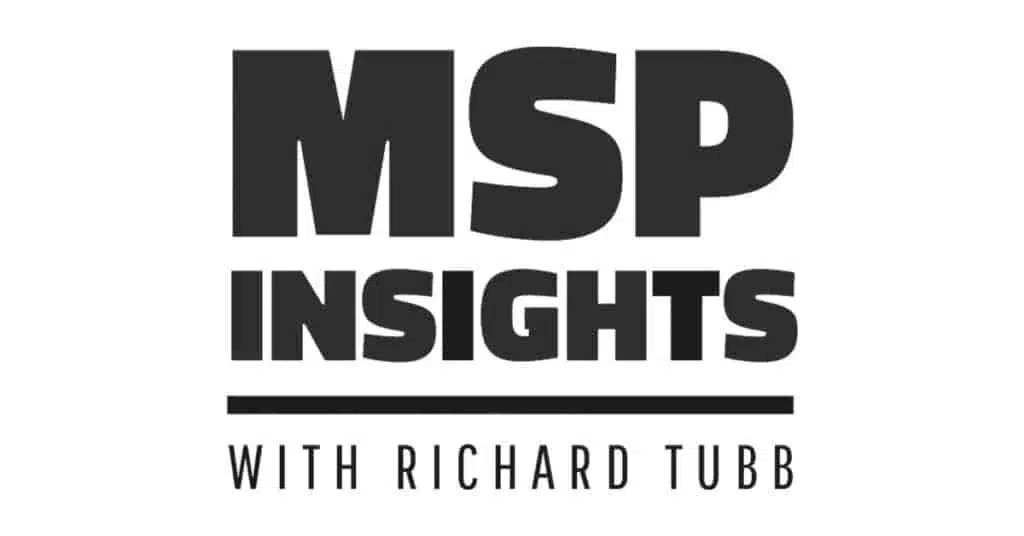Pricing is one of the four most important things to think about when running a managed service provider (MSP) business. Alongside your clients, your tech stack and your team.
We know that every MSP is different, and that there’s no one-size-fits-all when it comes to the pricing model that best suits your business.
However, we’ve put together this article to explain what options there are available to you when it comes to pricing. And how tier pricing can help you to sell more services to your clients.
Introduction
Pricing and how you choose to structure your managed services offering is something unique to each individual MSP. A lot can depend on the type of services offered, the maturity of the business and the type of clients you serve.
Many MSPs begin their journey as IT support for their customers, charging them a fee for a service on an ad-hoc basis. However, many MSP owners know that this depends on a regular demand for that service, and is ultimately unsustainable.
Today’s managed service providers rely on a regular recurring revenue stream to keep their businesses profitable. This allows them to grow and adapt to a constantly evolving technological landscape more effectively.
Pricing Models for Today’s Managed Service Providers
Here are a few examples of pricing models known to be in use today by MSPs:
Per User/Per Device
This model uses a straightforward licence-based agreement, in much the same way software companies charge for their products.
The advantage of this model is that it’s very easy to scale to the size of the client. However, this can become really difficult to manage if they have to scale down, especially with multiple devices.
Tiered Pricing
Tiered pricing provides a range of product options to your clients. The tiers are designed to give them a few options that suit their requirements and their budgets.
Choices give potential buyers more confidence and can help get prospects over the line.
However, too many options can actually put potential buyers off, and you have to be clear about what’s included in each tier in case conflicts arise.
À La Carte Pricing
This is where the customer just pays for what they want from a menu of options.
This does offer a huge amount of choice to the client, but it can make billing and managing products overly complex for you.
As it’s true in running a restaurant, you should be careful not to have too many menu options. Otherwise, you’ll be making it difficult for yourself to keep your MSP profitable.
Block Hours Pricing
This model allows the client to buy support and services in blocks of time over the course of a set period. If the hours aren’t used, they may carry over, or if the client needs more support, they can top up this amount.
This model makes a good compromise away from the traditional break/fix model, as it guarantees you some income upfront. And it may suit certain businesses who can’t afford expensive contracts.
However, administrating a contract like this for several customers could become cumbersome. It could also lead to disputes when clients ask for amendments to work you’ve already carried out. This is often referred to as ‘scope creep’.
Value-Based Pricing
Value-based pricing are charges based on the value delivered to the client. This is usually demonstrated in metrics or other measured deliverables.
This price model shows how committed you are to the success of your clients, and demonstrates your value as their chosen technology provider. The success you deliver can also justify and support price increases too.
The difficulty with this method is in agreeing the metrics with each customer, but it’s worth the effort if goals align as it strengthens the relationship considerably.
Client Factors and How they Can Influence Your Pricing Model
As well as whether a pricing model suits your MSP, you have to think about whether it’s a good fit for your ideal customer. Plus, think about how your model scales with the services you’re offering.
Here are some of the areas to consider:
Client Size and the Industry They Serve
Larger clients, or clients with more complex IT requirements can demand a greater breadth of IT services. This may suit a hybrid approach to pricing where services are tiered, but with projects requiring a different kind of billing, for example.
Budget Constraints
Clients who have tight budgets or who are just starting on their journey to become more financial mature might affect your pricing models. You might be serving a particular niche industry as an MSP where the sector is largely underfunded, for example.
IT Complexity and Service Portfolio
Clients’ requirements can be tricky to pigeonhole into your pricing model if they are vast and will require a lot of work to implement. This will require some analysis on your part sometimes to see if your pricing model will work, or if it needs a hybrid approach.
Client Scalability
If your clients are looking to grow and scale quite quickly, certain pricing models can come across as restrictive if there’s little wiggle room.
Complex tier structures can be less forgiving than per user/per device pricing if the client is in the process of expanding their operation.
Competition and Other Financial Challenges
Analysis of competitors offerings and market forces may influence how you structure pricing models for your own business.
You can align your pricing in ways that offer an alternative to your customers or follow best practice advice from your peers. Either way, both angles are worth researching if you are thinking about changing your pricing model.
![]()
Before Changing Your Pricing Plans
Before you go ahead and implement a new pricing model, there are some steps you need to take for the best result. Though some of these may seem obvious, they’re worth bearing in mind in how they’ll affect your business, your team, and of course, your clients and prospects.
1. Consult with Your Peers
Speak to other MSPs in your peer group and ask them for advice. They will have different perspectives to offer you.
The benefit of their wisdom can steer you away from mistakes before you make them.
2. Conduct a Thorough Analysis
It’s a bold step to introduce a new pricing structure, so make sure you’ve looked at the pros and cons of moving to a new model. Be aware of the limitations in your new pricing structure and don’t rush into it.
3. Train Your Team
Ensure your team are aware of the new pricing plans and when they’ll come into effect for each customer – especially your sales team.
If training is required, ensure that this is carried out before the pricing model takes effect.
4. Communicate with Your Clients and Prospects
Some may be happy with your decision to try something different and will happily move across to a new pricing model when their contract is up for renewal. Some will not be as happy, and you have to decide if it’s worth keeping those clients.
5. Ensure Marketing Collateral is All Up To Date
From the prices on your website and social media to email newsletters and any printed materials, your pricing needs to be clear and consistent throughout.
Conclusion
With many different pricing models available for MSPs, there should be one to suit any business. Finding the one that suits you and the sorts of clients you want to attract needs careful consideration.
To balance the benefit of monthly recurring revenue in a way that brings value for the client and profitability to your business is desirable. However, how you market and maintain this is completely up to you.
Have you had to adjust your pricing model when moving from a break/fix support business to a fully-fledged MSP? Did it work out well, or were there some areas that could have been handled better? We’d love to hear your experiences in the comments.


















Comments